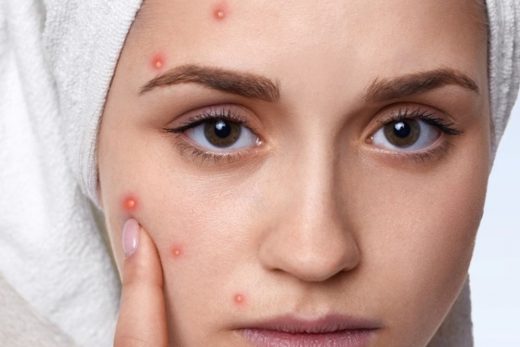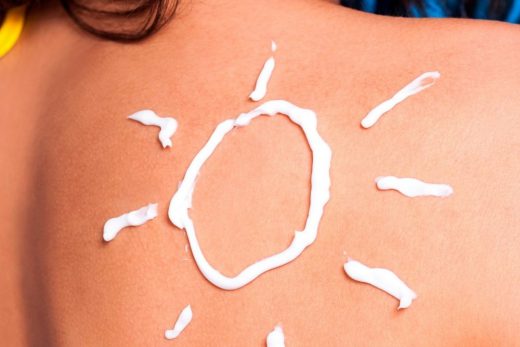Apply a moisturizer
How does a moisturizer help keep your skin clear? Well, if your skin is excessively dry, it may try to compensate for the dryness by overproducing oil. The result? Breakouts.
Like cleansers, moisturizers don’t have to be expensive or filled with fancy ingredients. More importantly, look for a moisturizer that’s noncomedogenic. This means it won’t clog your pores.
If you have oily skin, moisturizers labeled “lightweight” may be best to prevent a heavy, greasy feeling.
Some people find they have to switch to heavier moisturizers during the winter months when cold, dry air can leave skin feeling tight and dried out.
Exfoliate
Exfoliation can help remove excess dead skin cells. If these cells stay on your skin for too long, they can clog your pores and lead to breakouts.
Having a buildup of dead cells on your face may also make your skin look dull, flaky, or prematurely aged.
The following exfoliation methods may help clear away dry and dead skin:
a 2 percent salicylic acid mask
a 10 percent or less glycolic acid mask or lotion
a motorized facial brush
How often should you exfoliate? It really depends on the type of exfoliation you use.
For chemical exfoliants, like masks or lotions, aim for once or twice a week. For physical exfoliants, like scrubs or brushes, aim for three or four times a week.
Start with fewer exfoliating sessions and work your way up to prevent over-exfoliating.
If you have inflammatory acne (pustules and cysts), the AAD recommends that you talk to your dermatologist first, as some types of exfoliation may make inflammatory acne worse.





